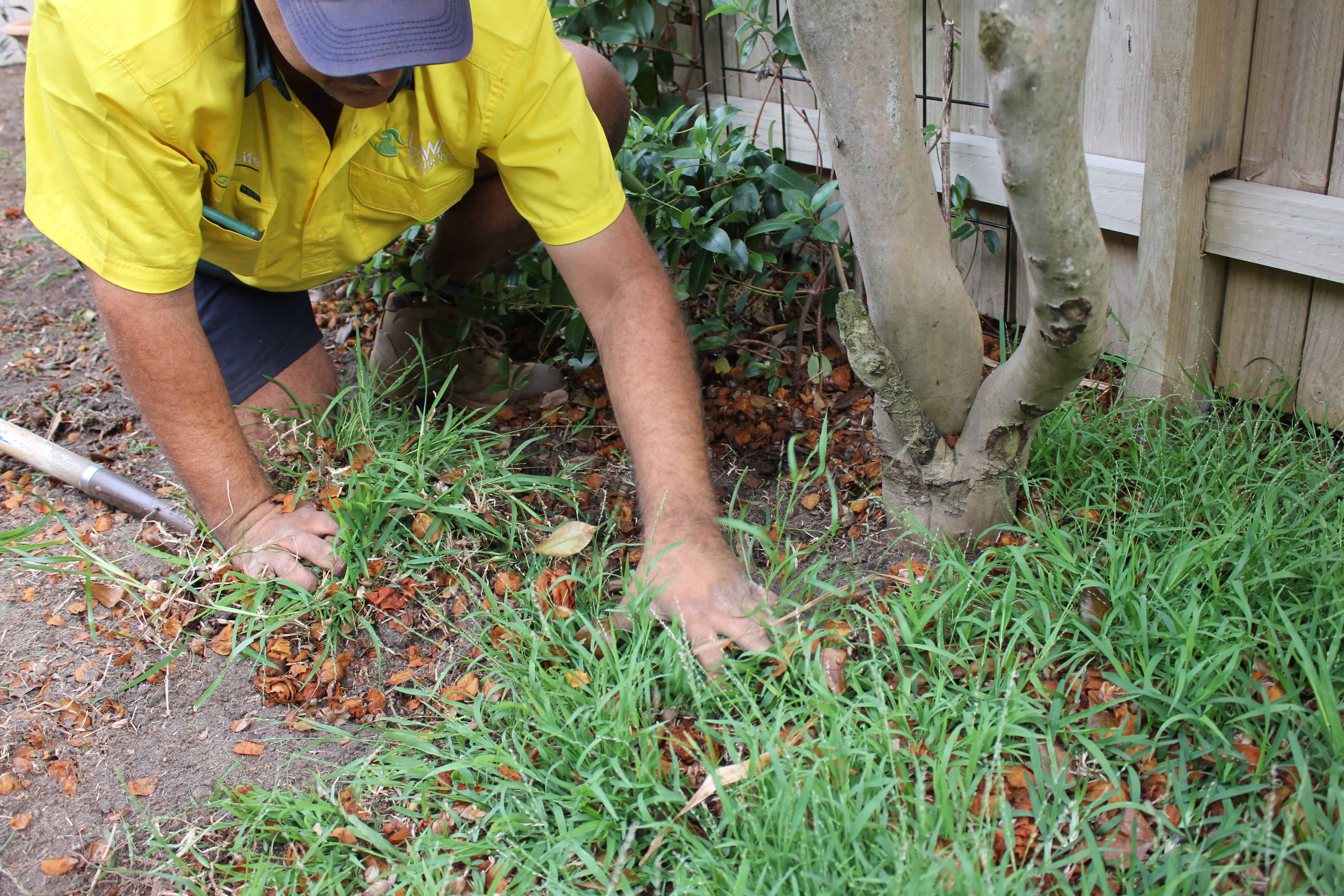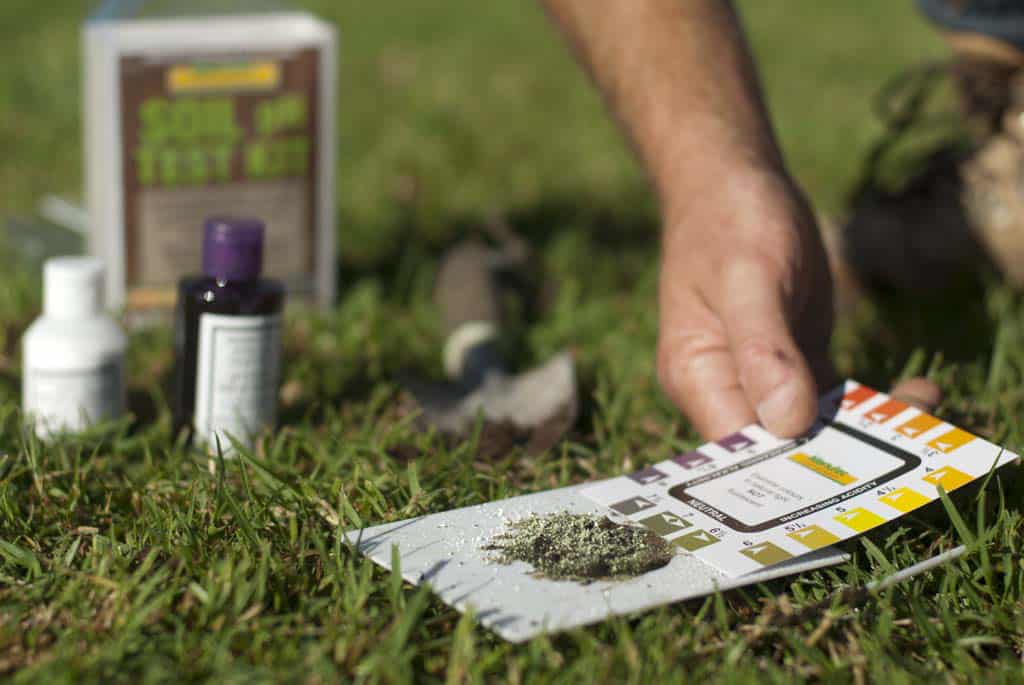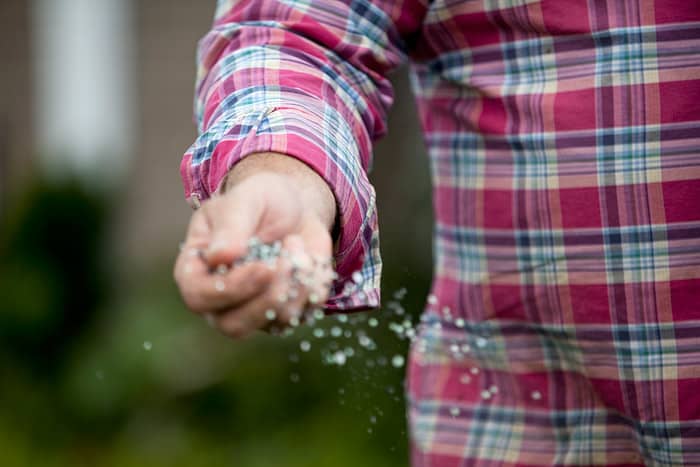When it comes to lawns, the best preparation gives the best results particularly in the long term. Be sure to follow the step-by-step guide below and you should be on the road to lawn success.

Ground Preparation Guide
Remove existing weeds and grass
Spray out any existing grass and weeds with a non-selective herbicide such as Glyphosate or Round Up. For best results, spray at least twice allowing at least 14 days between spray applications and before you plan to lay your new lawn. Scrape the dead matter off the surface or rotary hoe the ground once all grass and weeds have been killed.


Prepare the soil
If your existing soil is good quality, you may only need to rotary hoe the area to loosen it up. If the soil is not too crash hot, is very sandy, or quite heavy clay, then you would be best to spread some fresh lawn underlay. You’ll need to bear in mind that you will need to allow at least 25 mm for the turf, so you may need to remove some of the existing soil to allow for this. We recommend you use 100 mm of lawn underlay which has 80% sand and 20% soil mix as a minimum, but if you can use a mix which also contains organic matter, then that is the way to go. If you’re unsure of how much soil you need, as a rough guide, 1 m3 of soil will cover 10 m2 at a thickness of 100 mm.
Check your pH
The best time to correct your pH is prior to installing your new lawn. Use a soil pH kit to test the levels in a number of areas, as there is always the possibility for variations across different locations of the site. The optimum level for your new lawn is 6.5 which is slightly acidic. If the level is low, you’ll need to correct it with Lime, or higher pH can be corrected with Sulphate of Ammonia. Low pH levels are quite common in clay soils.


Measuring and calculating
To measure the area you’ll be turfing, generally you’ll just need to measure the length and width, then multiply the two measurements together to work out how many square metres of turf you’ll need. But if the area is an odd shape, you may need to break the area down into simple geographic shapes to work it out. The area of squares, rectangles, triangles and circles can all be calculated quite easily and then you’ll just need to add them all together to get to your total.
Leveling
Level the soil using a screed or metal rake, and even incorporate the use of a spirit level and string lines if you want your finished result to be spot on.


Turf Launcher
Just prior to laying, we recommend you spread Turf Launcher over your soil to aid with the establishment of your new lawn. Turf Launcher contains water crystals which helps hold moisture up close to the newly forming root zone, and fertilisers formulated to encourage strong root formation and growth.